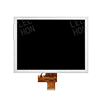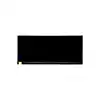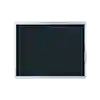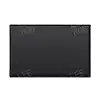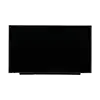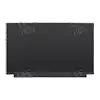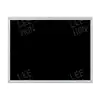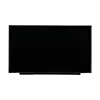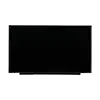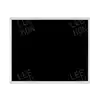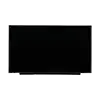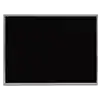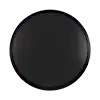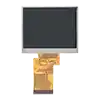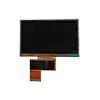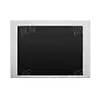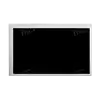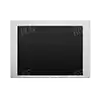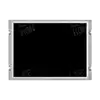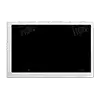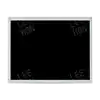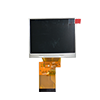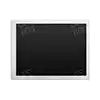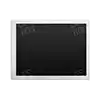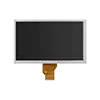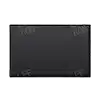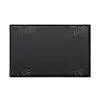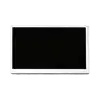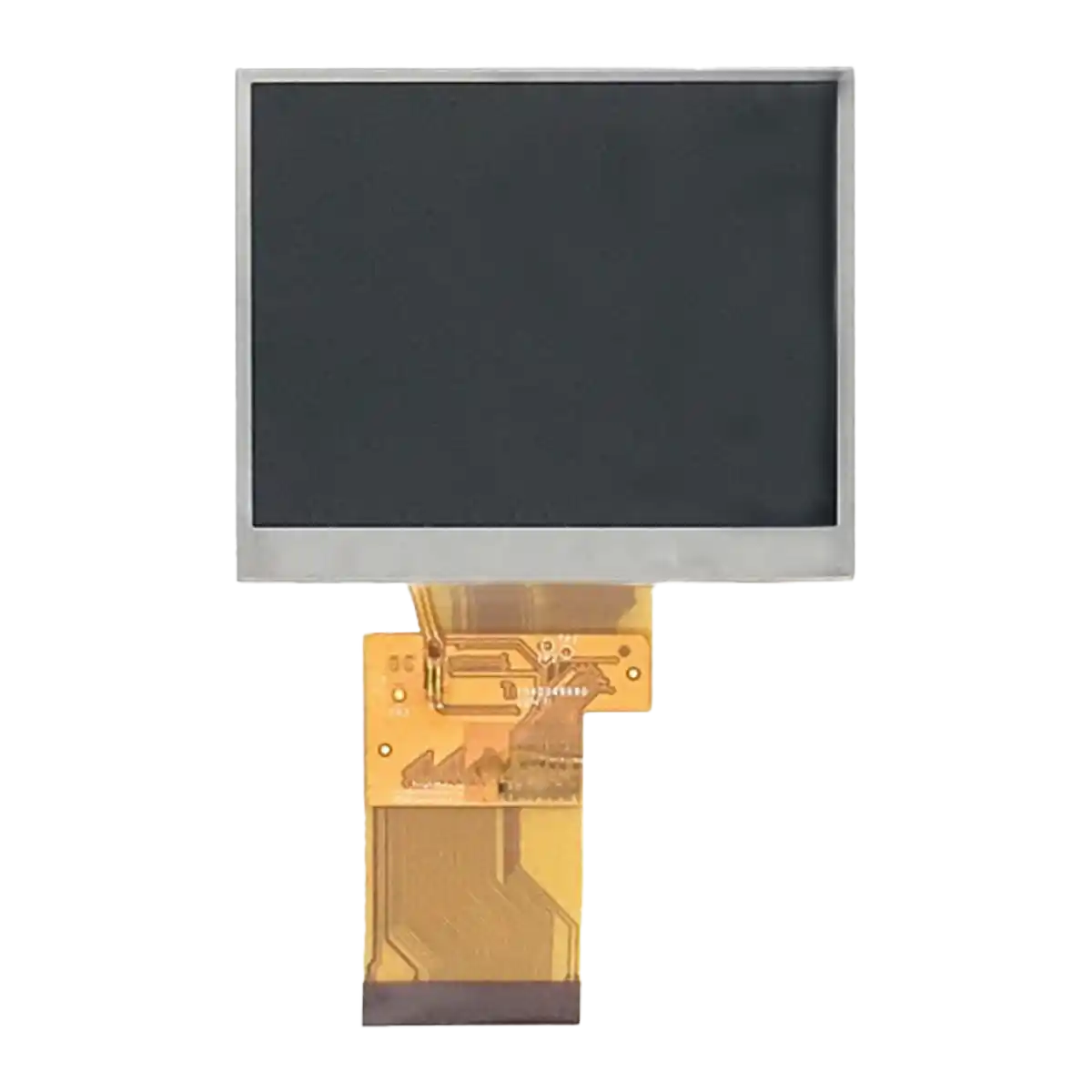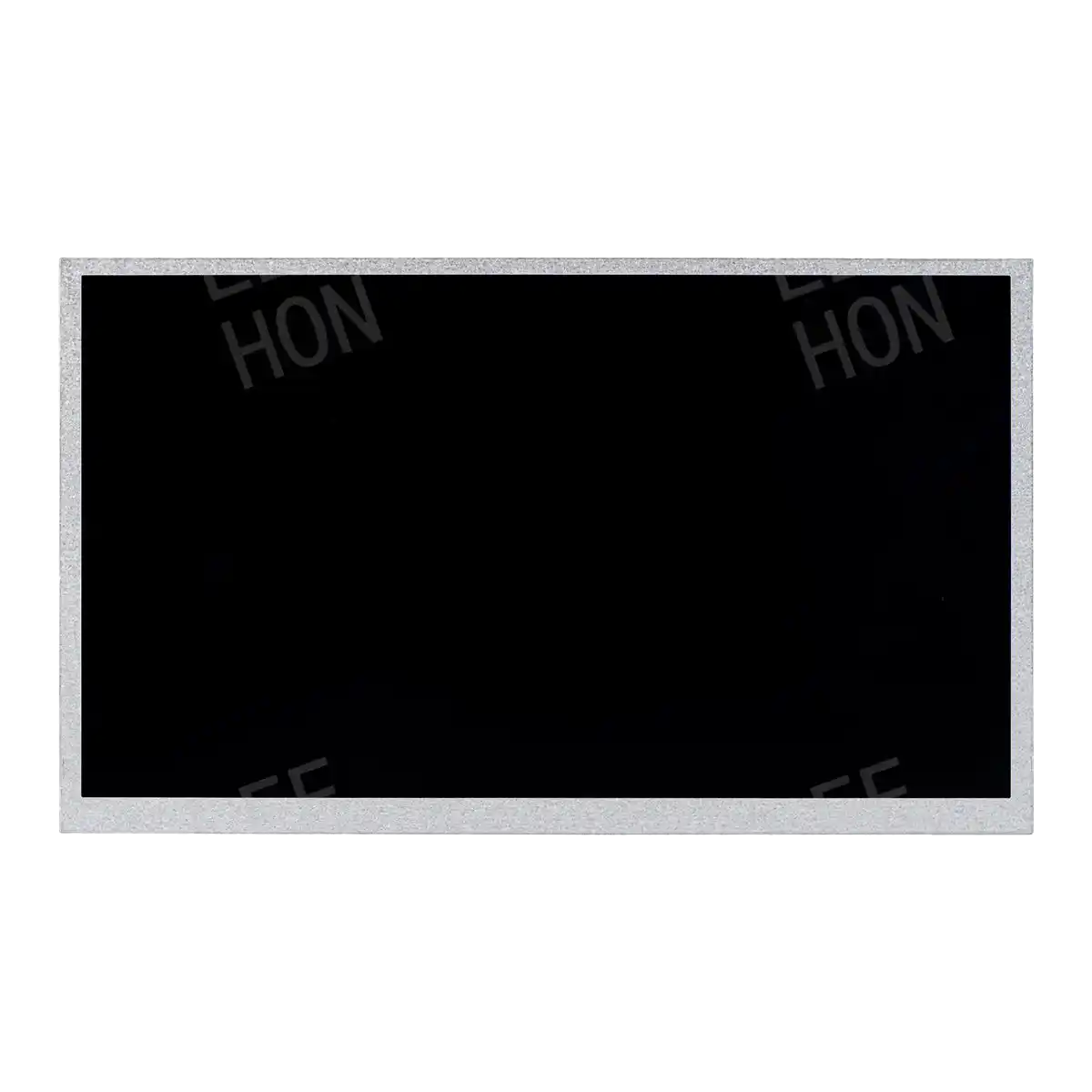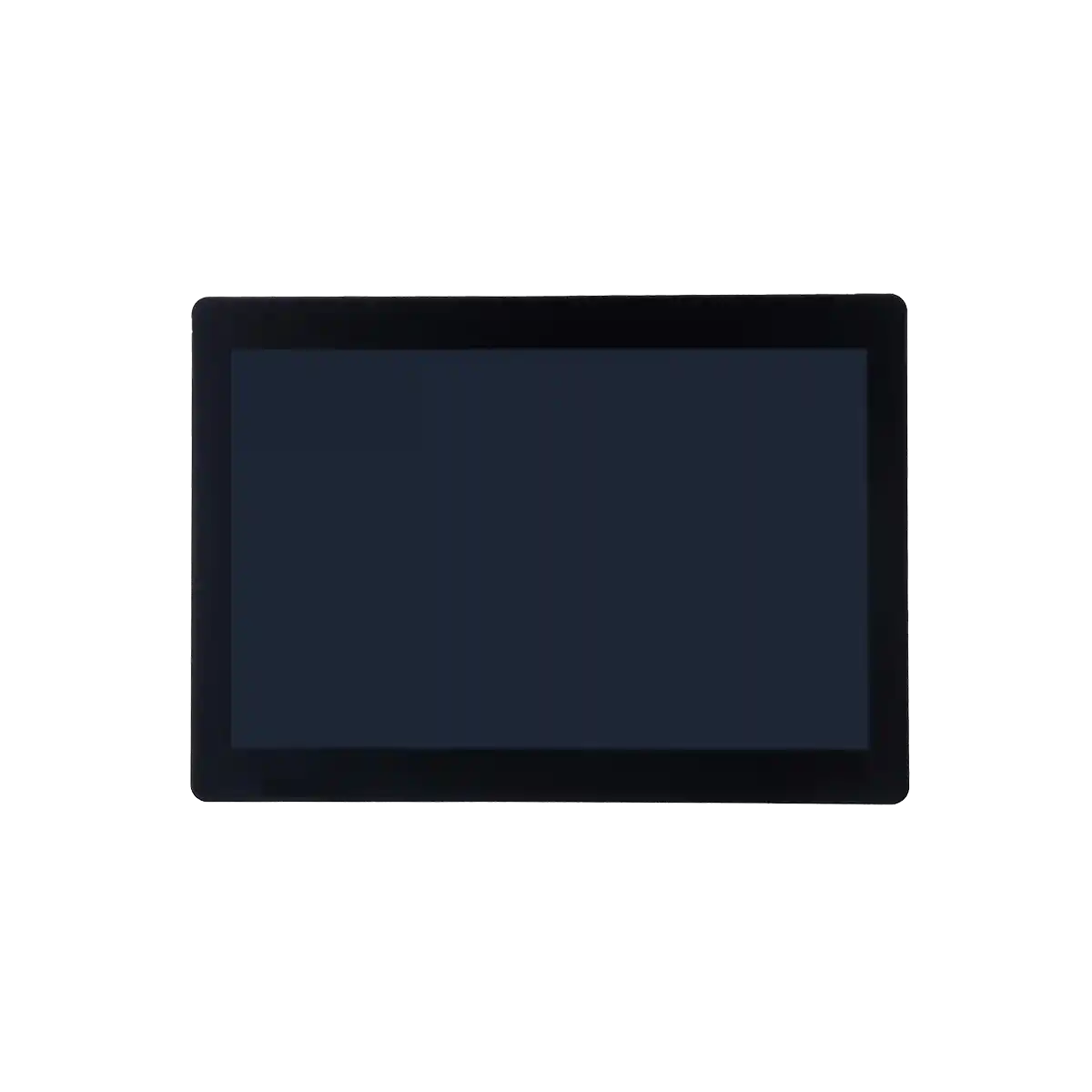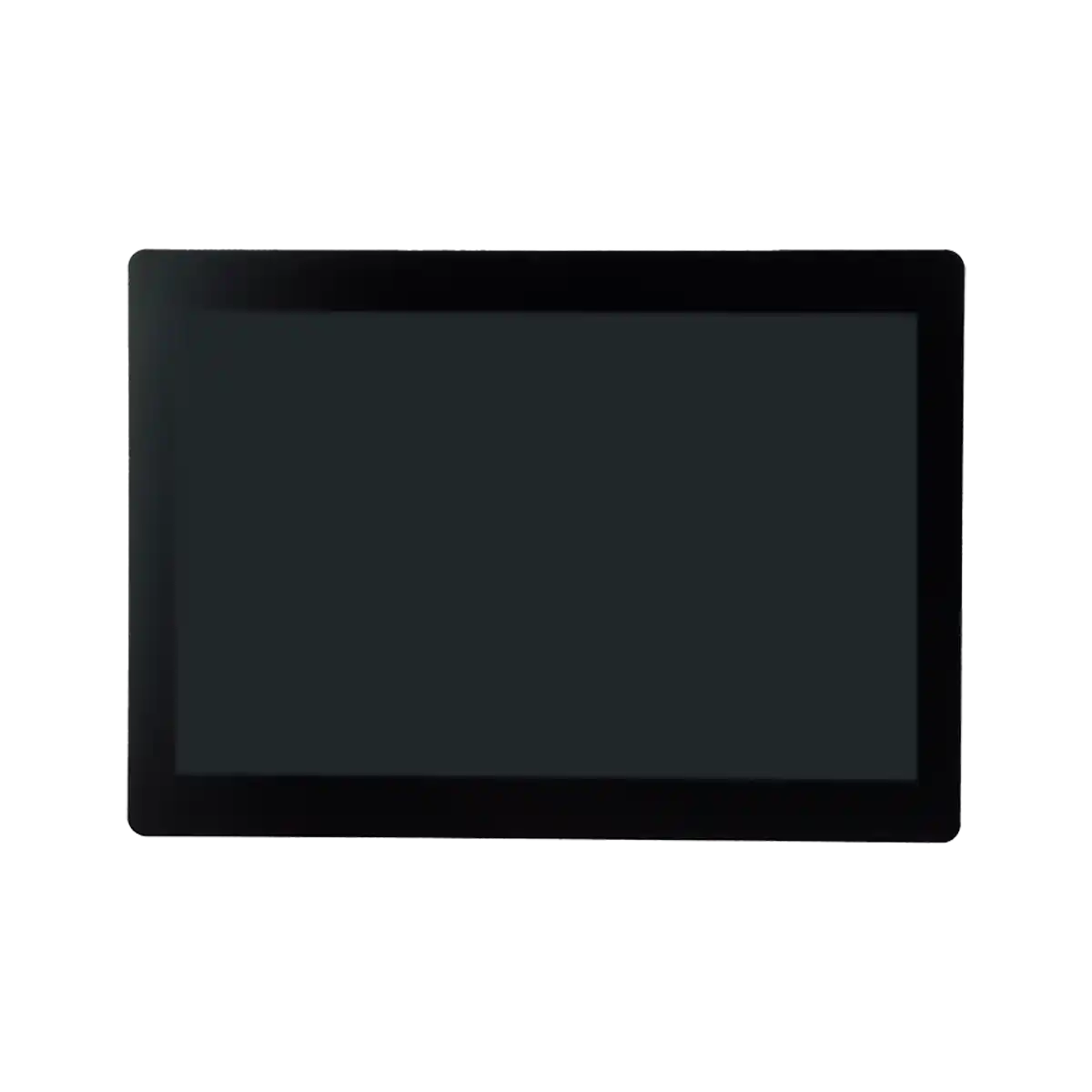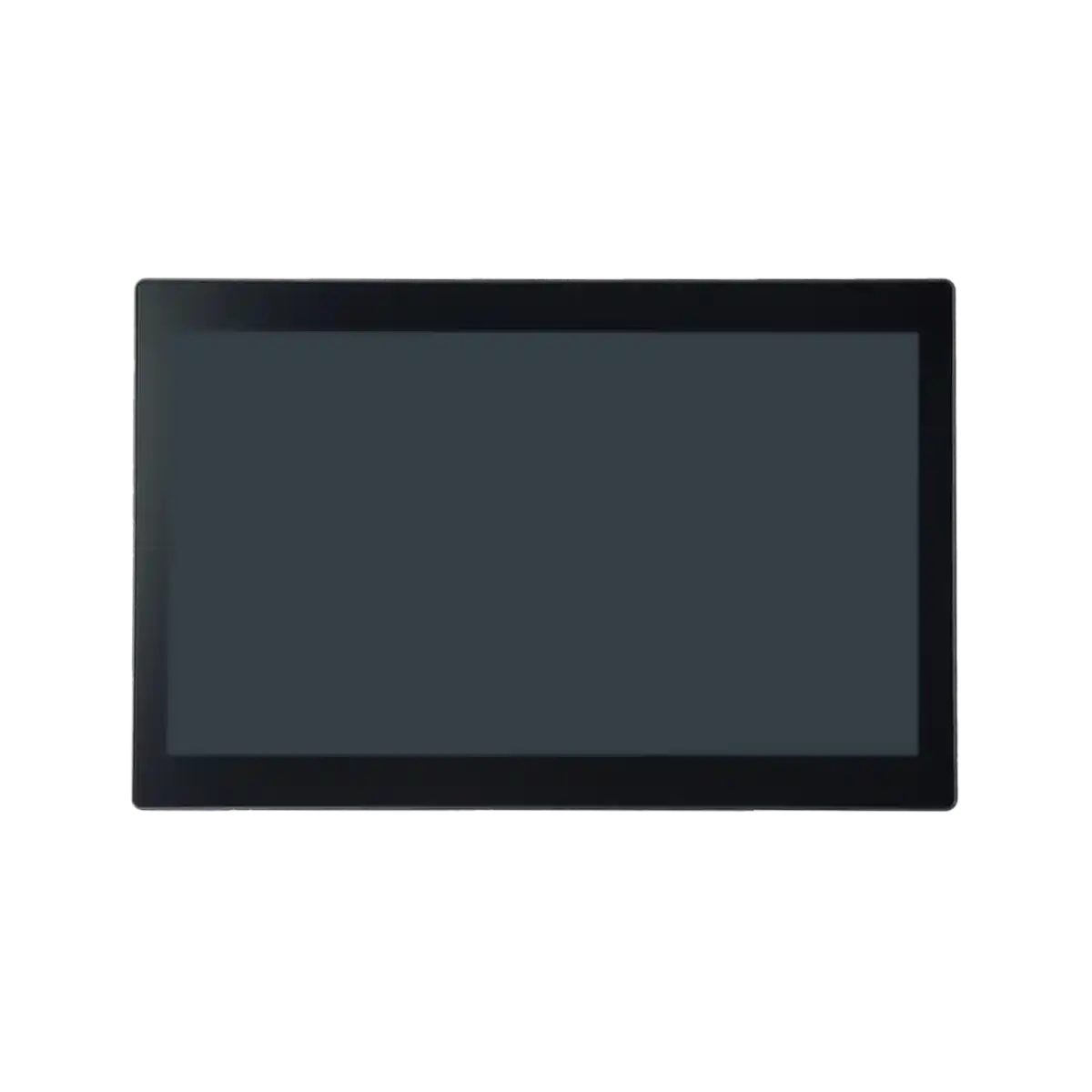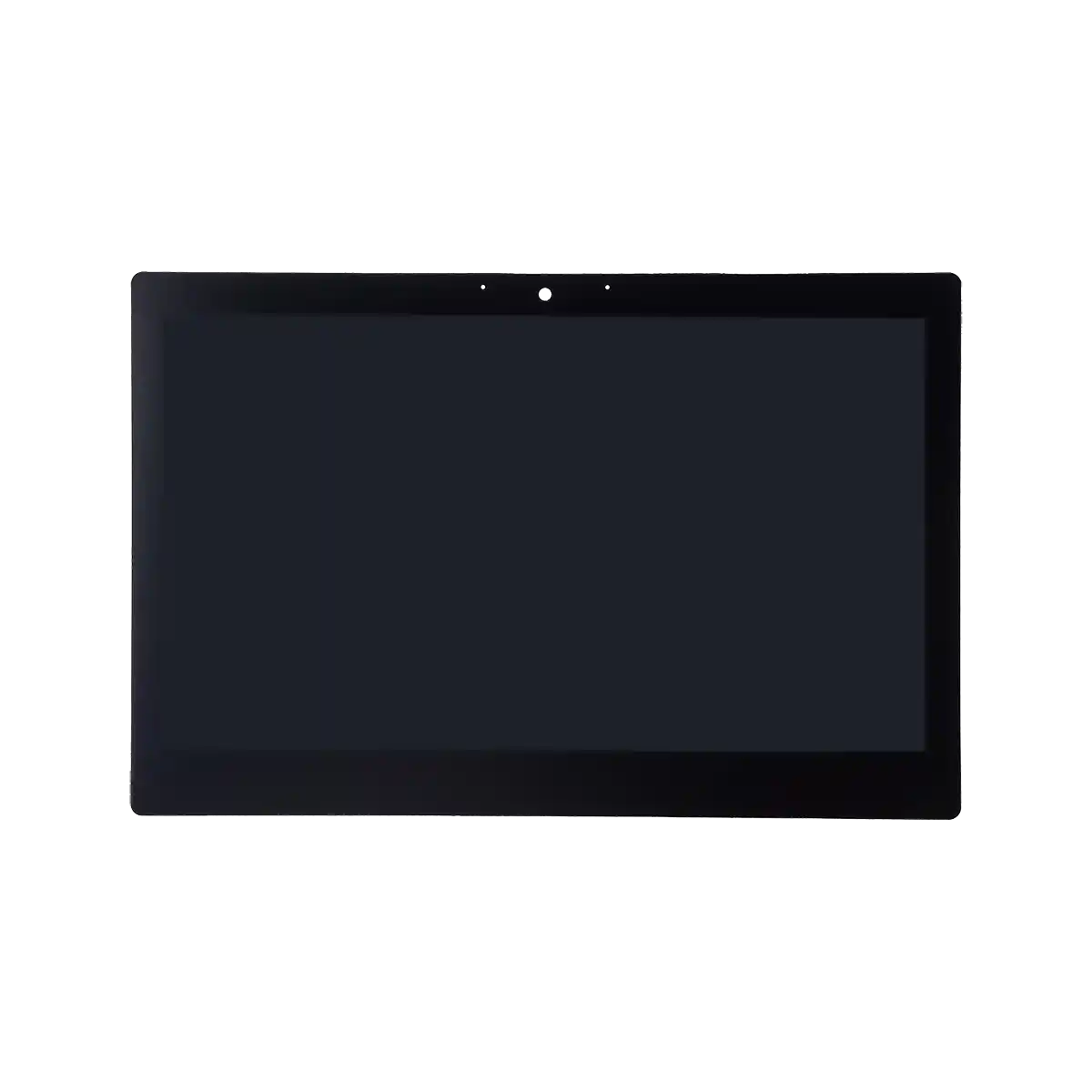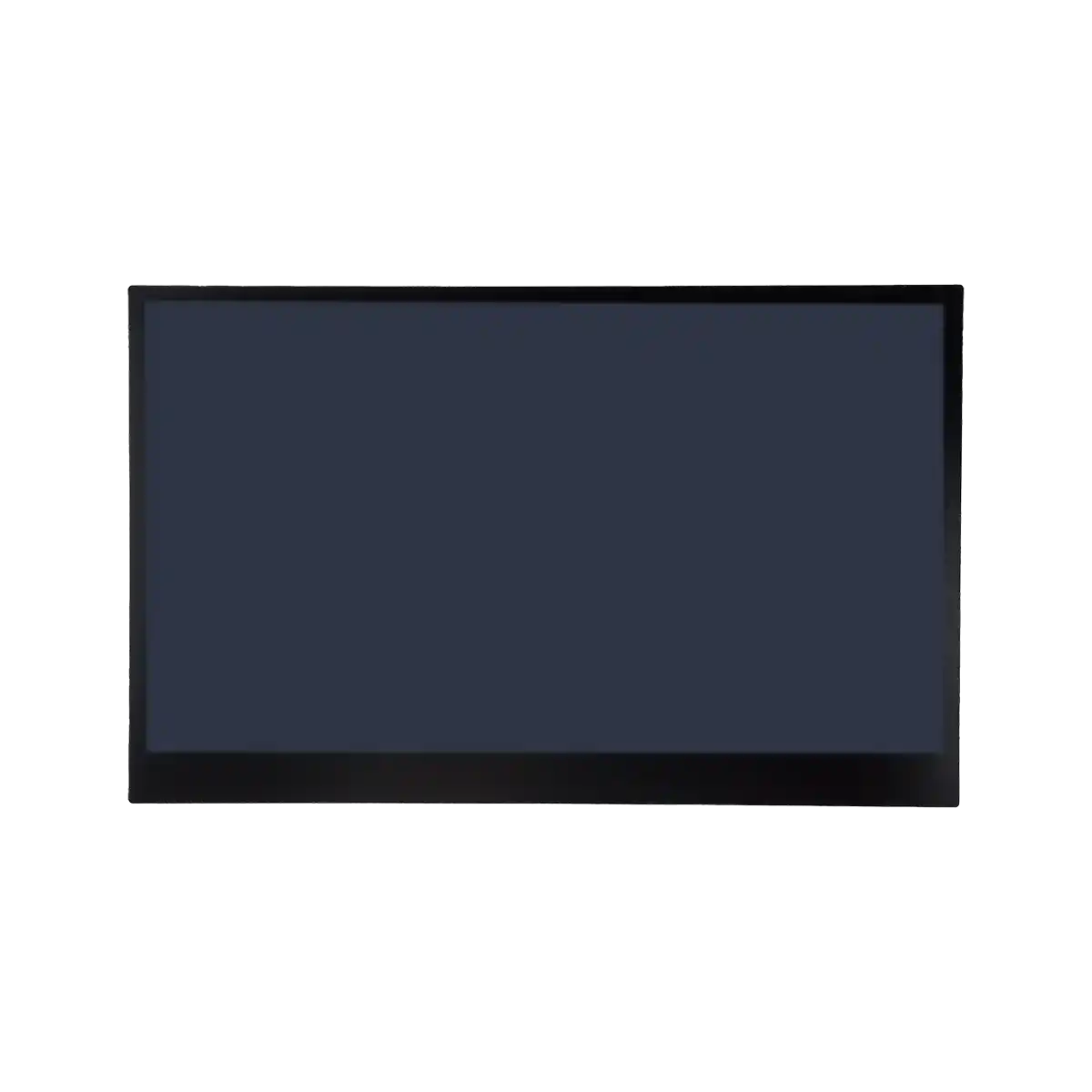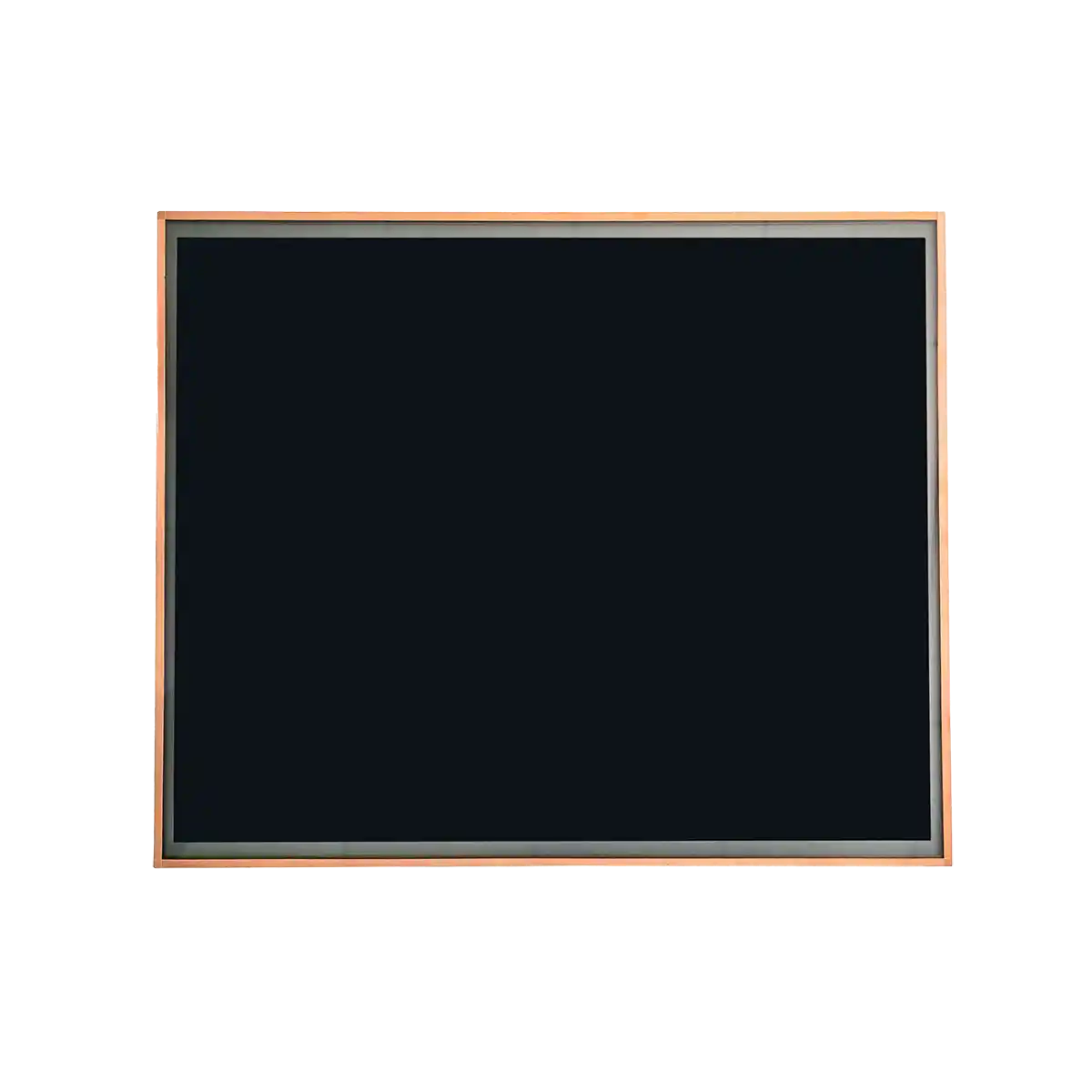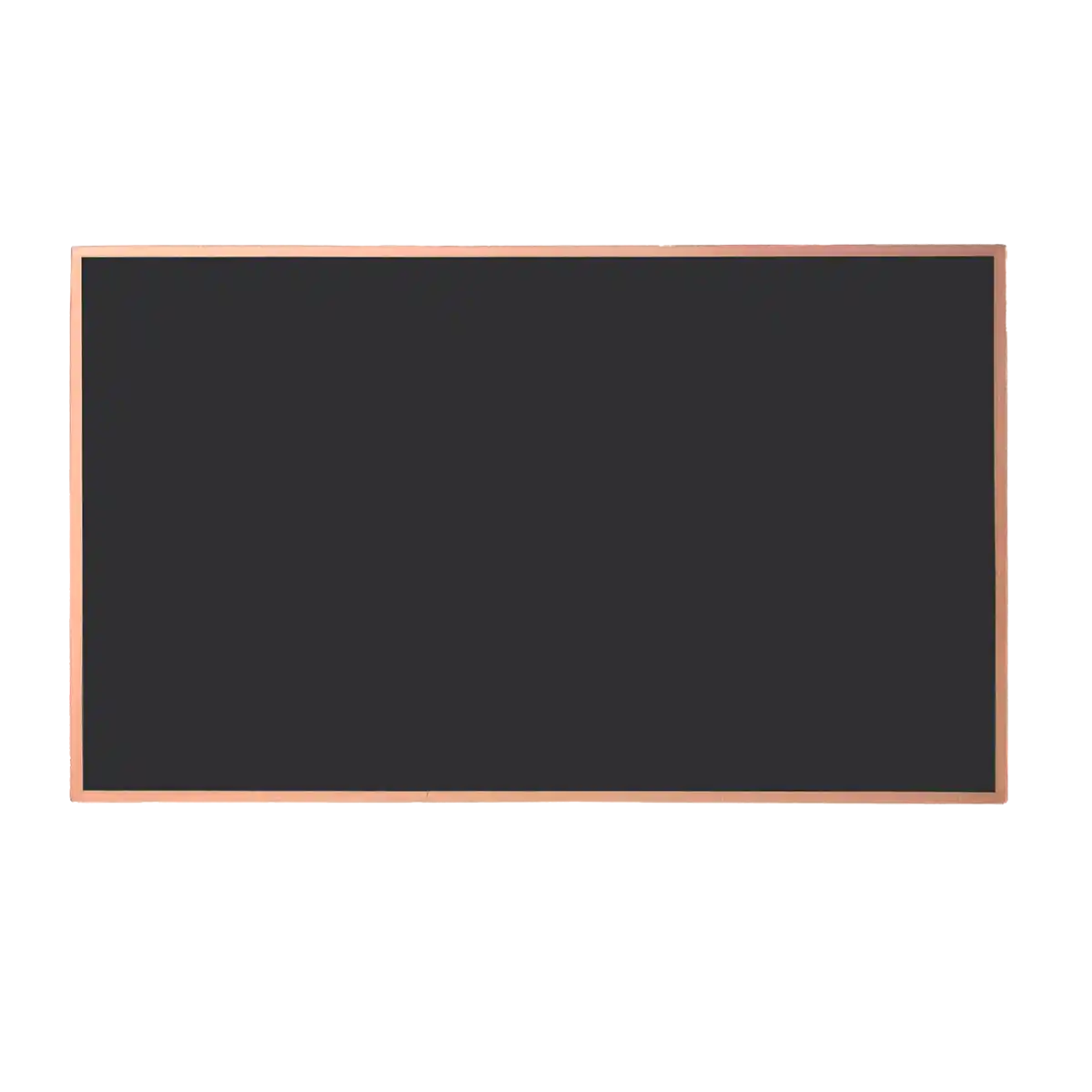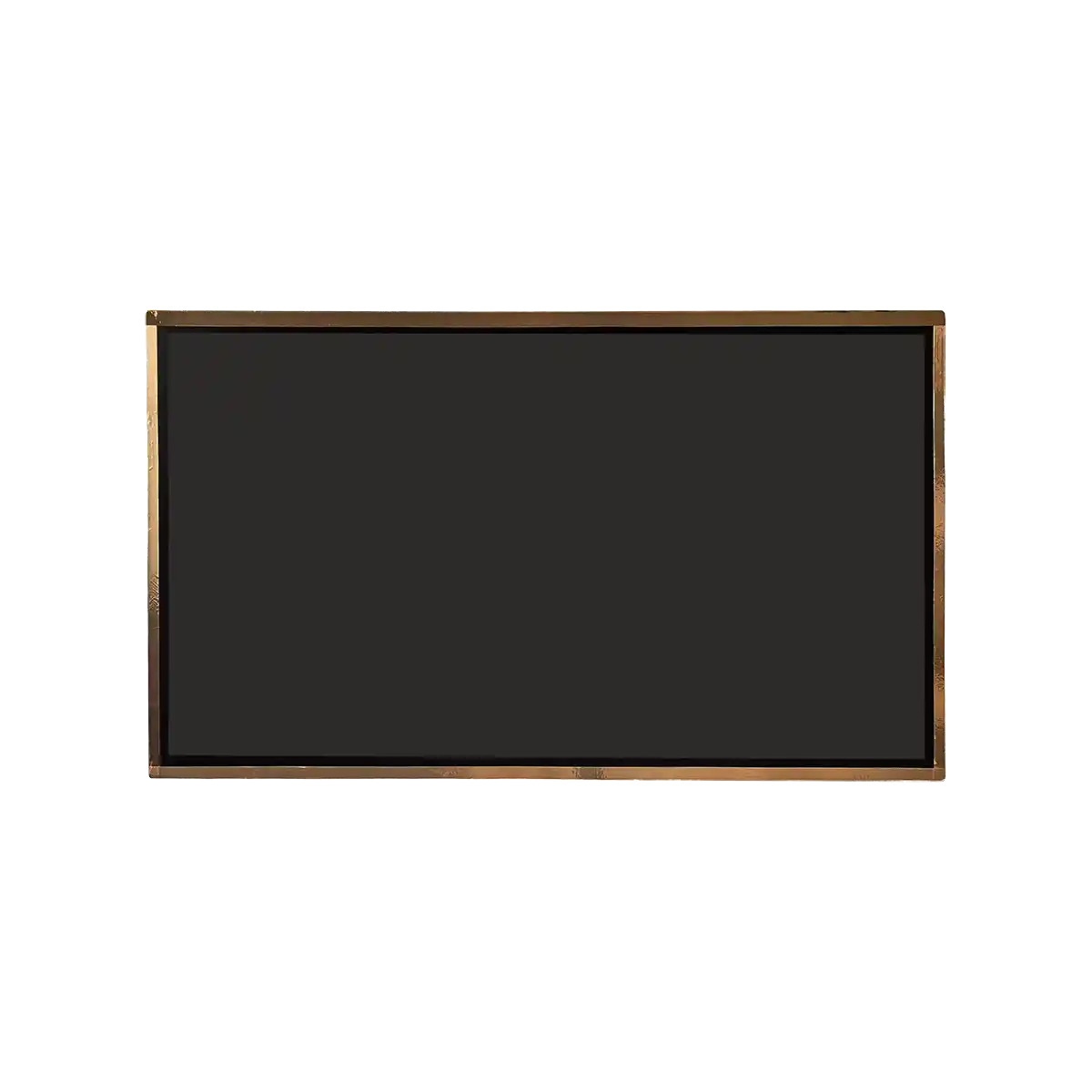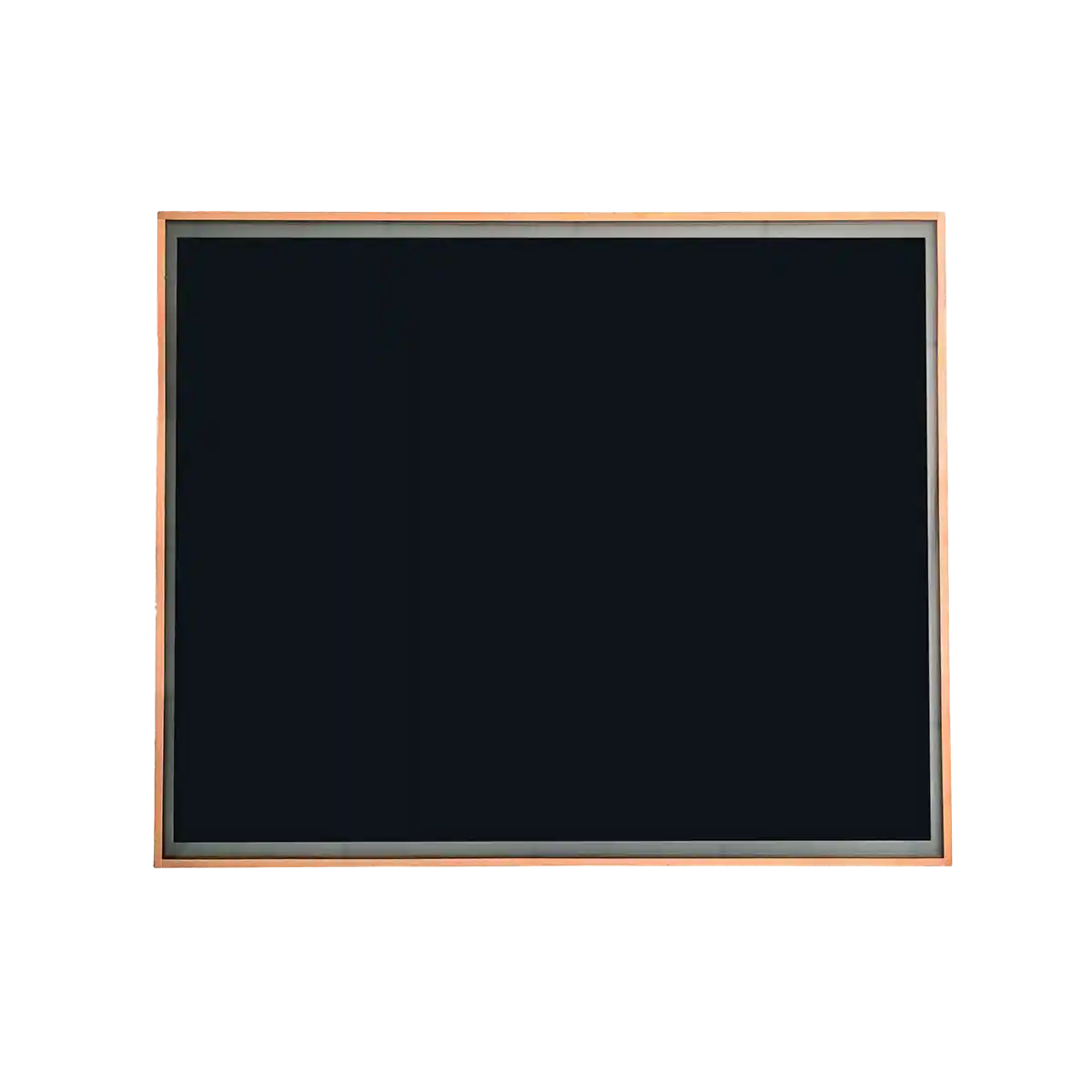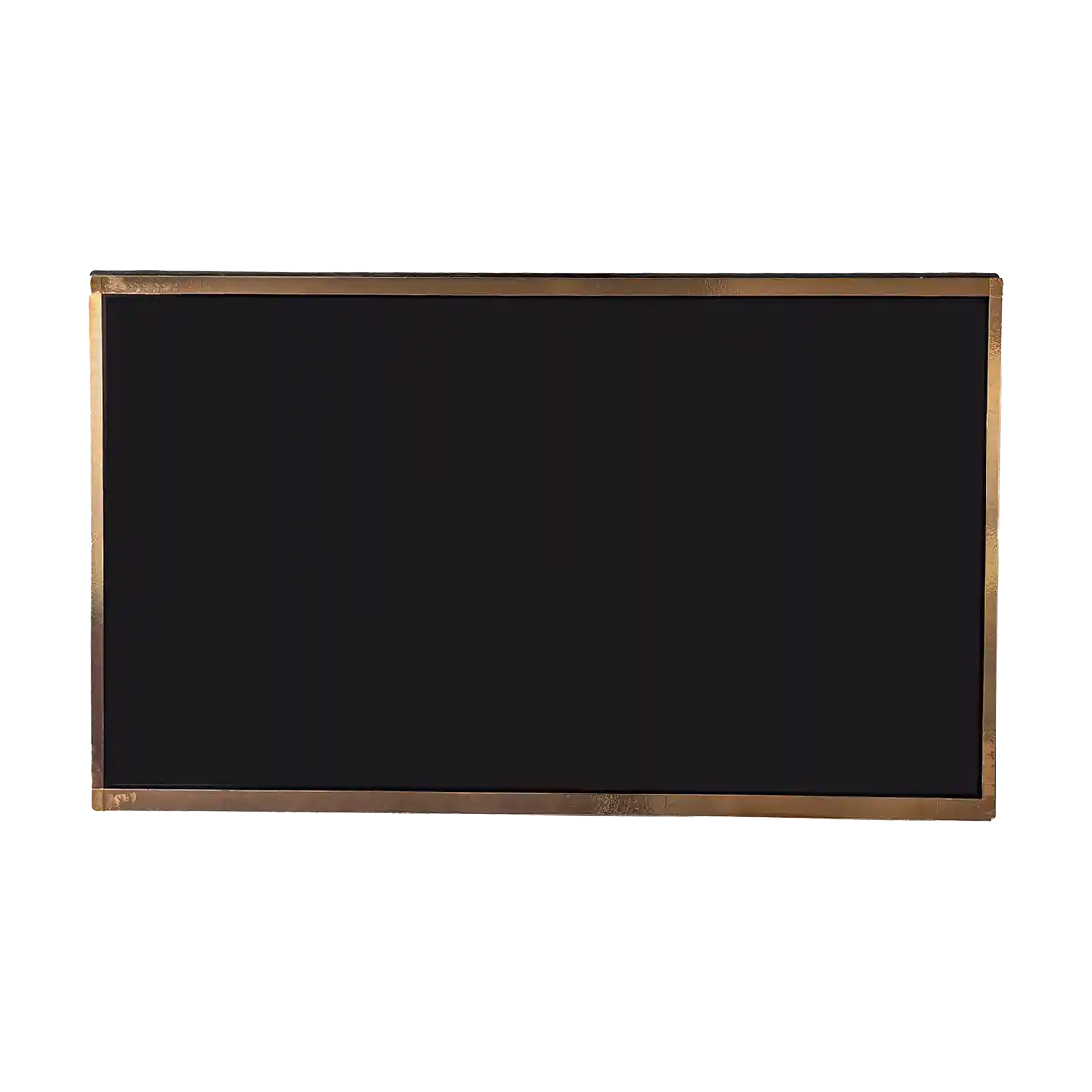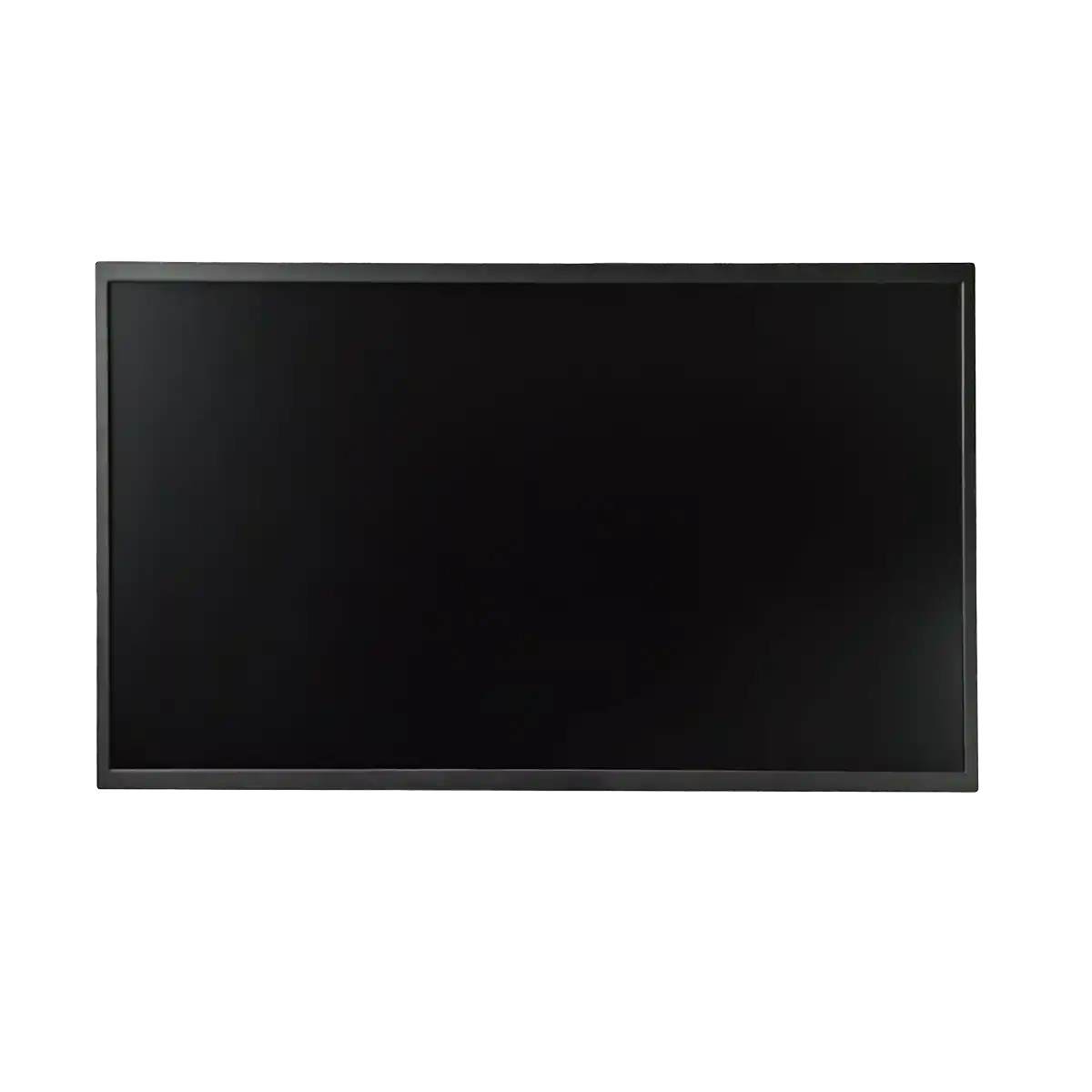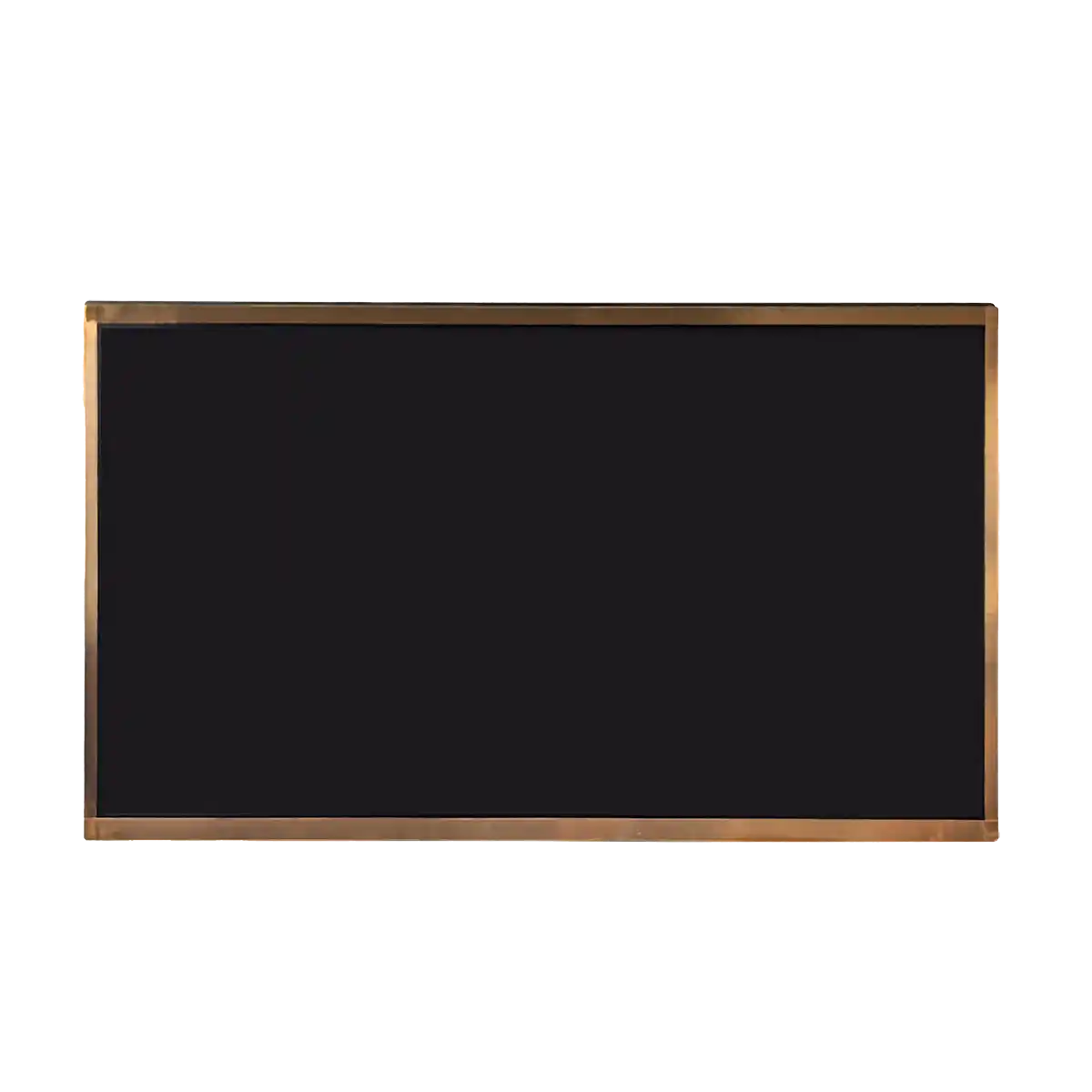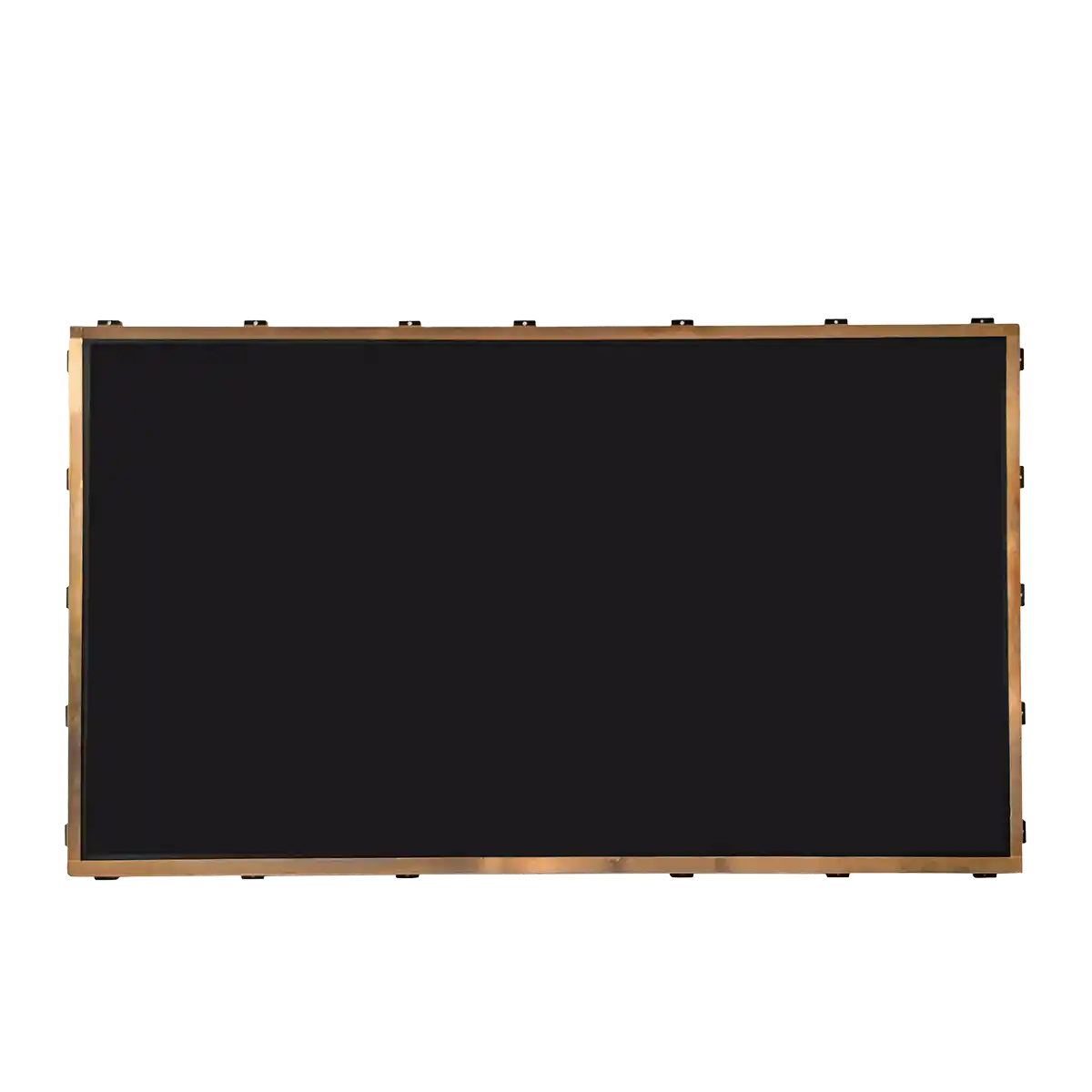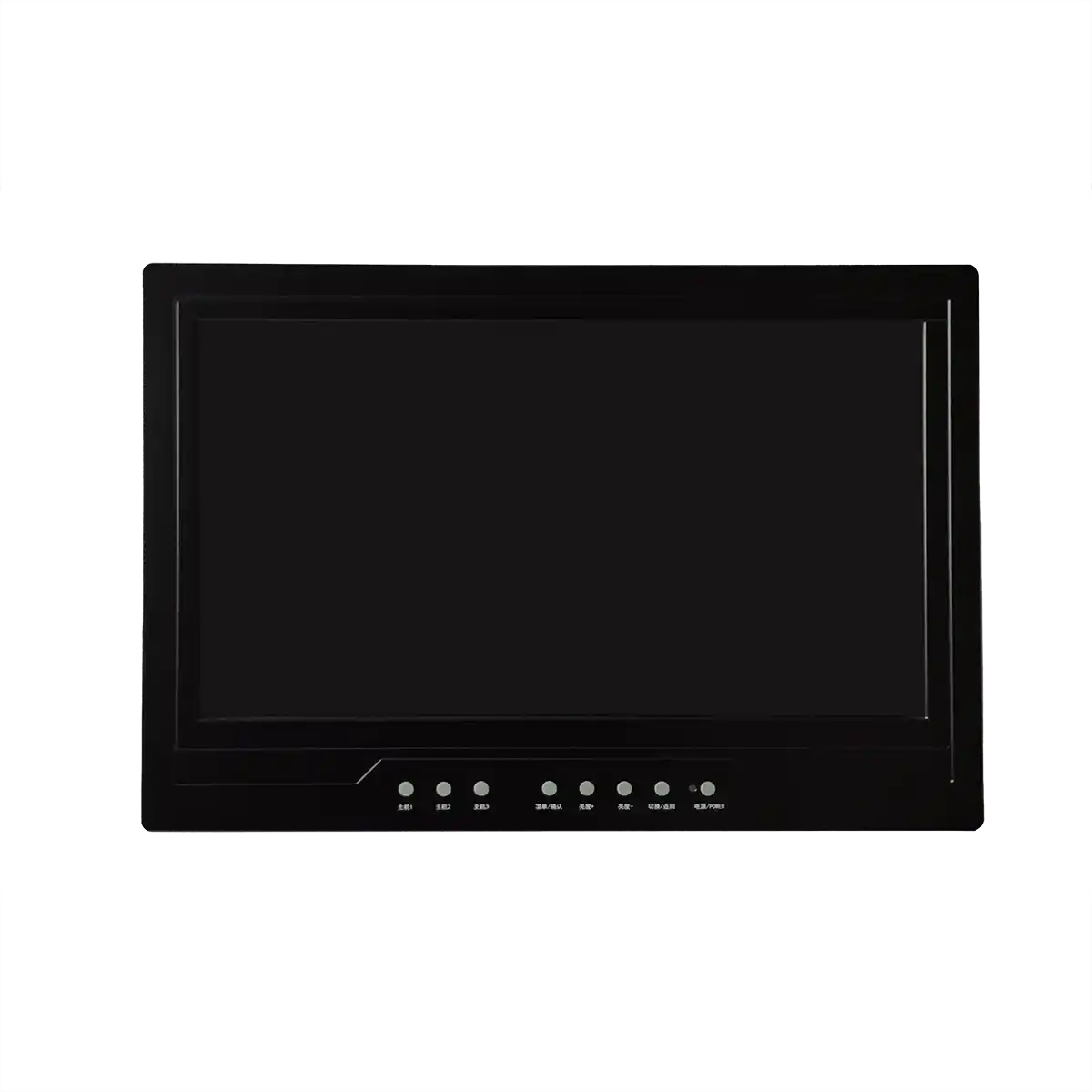Designing User-Friendly Interfaces with Industrial LCD Panels
Introduction
In the realm of industrial automation and control systems, the human-machine interface (HMI) plays a pivotal role in bridging the gap between complex machinery and human operators. Industrial LCD panels, a type of HMI, are becoming increasingly prevalent due to their versatility, durability, and user-friendly characteristics. These panels are not just displays; they are interactive tools that provide real-time data, control mechanisms, and feedback systems, enhancing operational efficiency and safety.

Main Body
Understanding Industrial LCD Panels
Industrial LCD panels are specialized liquid crystal display (LCD) screens designed for use in harsh environments, often found in manufacturing plants, control rooms, and other industrial settings. Unlike consumer-grade displays, these panels are built to withstand extreme temperatures, vibrations, and electromagnetic interference, making them robust and reliable.
Key Features of Industrial LCD Panels
1. Durability: Constructed with high-strength materials to endure physical stress and environmental factors.
2. Brightness: High luminance levels to ensure visibility in bright or direct sunlight conditions.
3. Resolution: Adequate pixel density to display clear and detailed information.
4. Touchscreen Capability: Often includes resistive, capacitive, or projected capacitive touchscreens for interactive control.
5. Environmental Sealing: Ingress Protection (IP) ratings to protect against dust, water, and other contaminants.
Designing Interfaces for Industrial LCD Panels
When designing interfaces for these panels, several factors must be considered to ensure user-friendliness:
1. Clarity: Use of clear, legible fonts and contrasting colors to enhance readability.
2. Simplicity: An uncluttered layout that avoids information overload, making it easier for operators to assimilate data quickly.
3. Intuitiveness: Intuitive navigation that aligns with user expectations and minimizes the learning curve.
4. Customizability: The ability to tailor the interface to specific operational needs, including language, unit of measure, and data presentation.
5. Accessibility: Consideration for users with disabilities, including those with visual impairments or limited dexterity.
Integration with Industrial Systems
Industrial LCD panels are not standalone devices; they are integrated into larger systems. This integration involves:
1. Compatibility: Ensuring the panel can communicate with other components of the industrial system, such as PLCs (Programmable Logic Controllers) and SCADA (Supervisory Control and Data Acquisition) systems.
2. Connectivity: Utilizing various communication protocols like Ethernet, RS-232, and USB for data exchange.
3. Scalability: Designing interfaces that can adapt to changes in the system, such as the addition of new sensors or machinery.
Conclusion
Industrial LCD panels are critical components in modern industrial operations, providing a conduit for operators to interact with and control complex systems. By focusing on the design principles of clarity, simplicity, intuitiveness, customizability, and accessibility, these interfaces can significantly improve the efficiency and safety of industrial processes. The integration of these panels into existing systems must be seamless, ensuring compatibility, connectivity, and scalability.
Expansion
For further exploration into the field, one could delve into specific case studies of industrial LCD panel implementations, examining the challenges and successes of their integration into various industrial sectors. Additionally, the role of emerging technologies such as augmented reality (AR) and the Internet of Things (IoT) in enhancing the capabilities of industrial LCD panels presents a fascinating area for research. Future developments in materials science could also lead to more resilient and energy-efficient displays, further pushing the boundaries of what is possible in industrial HMI design.
This comprehensive approach to understanding and designing with industrial LCD panels underscores the importance of human-centric design in technological advancements, ensuring that as our machines become more complex, our interaction with them remains as straightforward and effective as possible.
Recommended Articles
-
Are the displays in Tesla's Cyb
2024-12-10 -
Interpretation Report on AUO's
2024-12-05 -
ADS Pro: The Future of Display
2024-12-04 -
The Trajectory of South Korea's
2024-12-04 -
Practical Applications of Indus
2024-09-26 -
Hangzhou LEEHON Technology supp
2024-09-14 -
How to Check for Issues in Indu
2024-09-11 -
How does an LCD screen find ind
2024-09-11 -
What is the difference between
2024-09-11 -
In-depth analysis of the develo
2024-09-10


